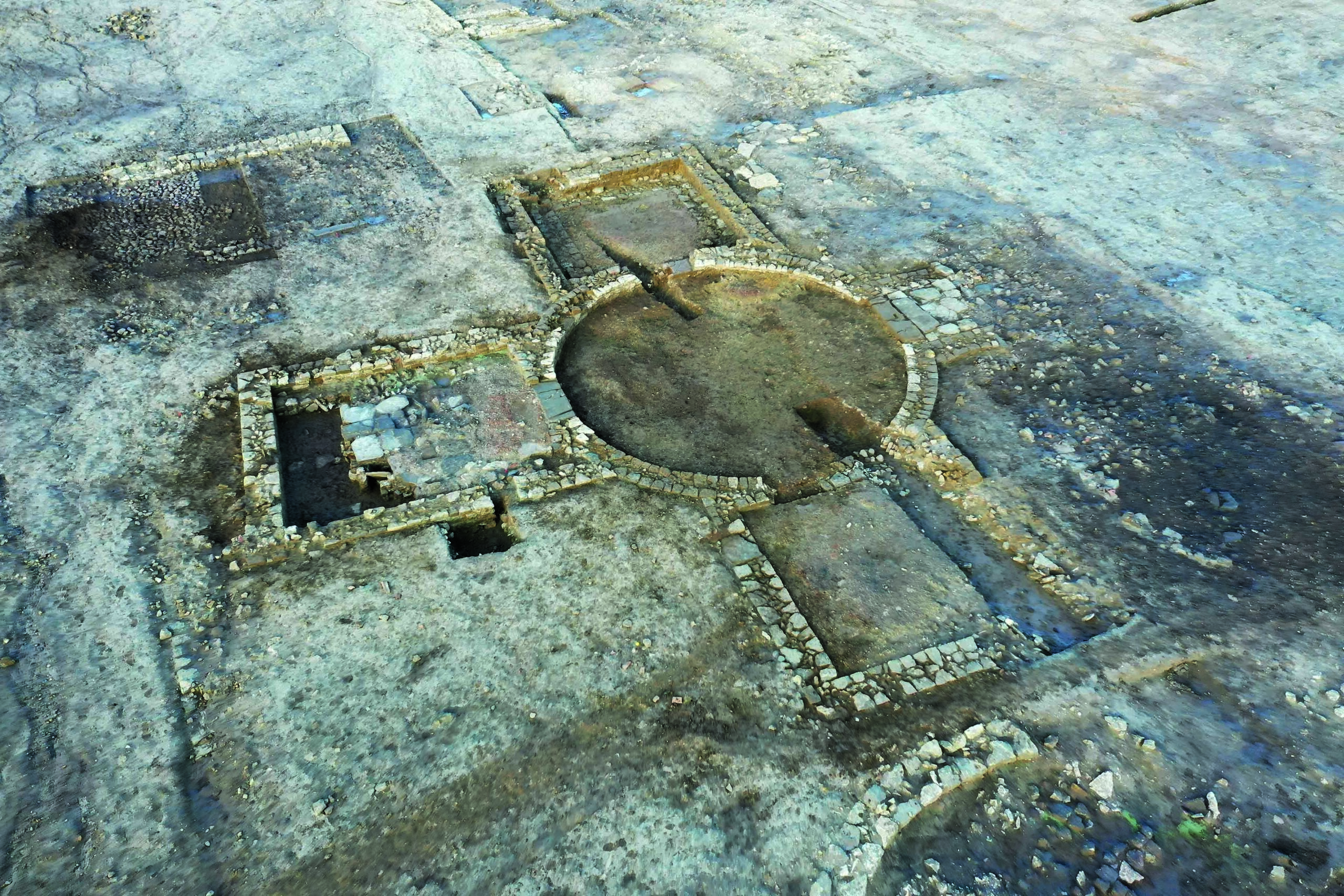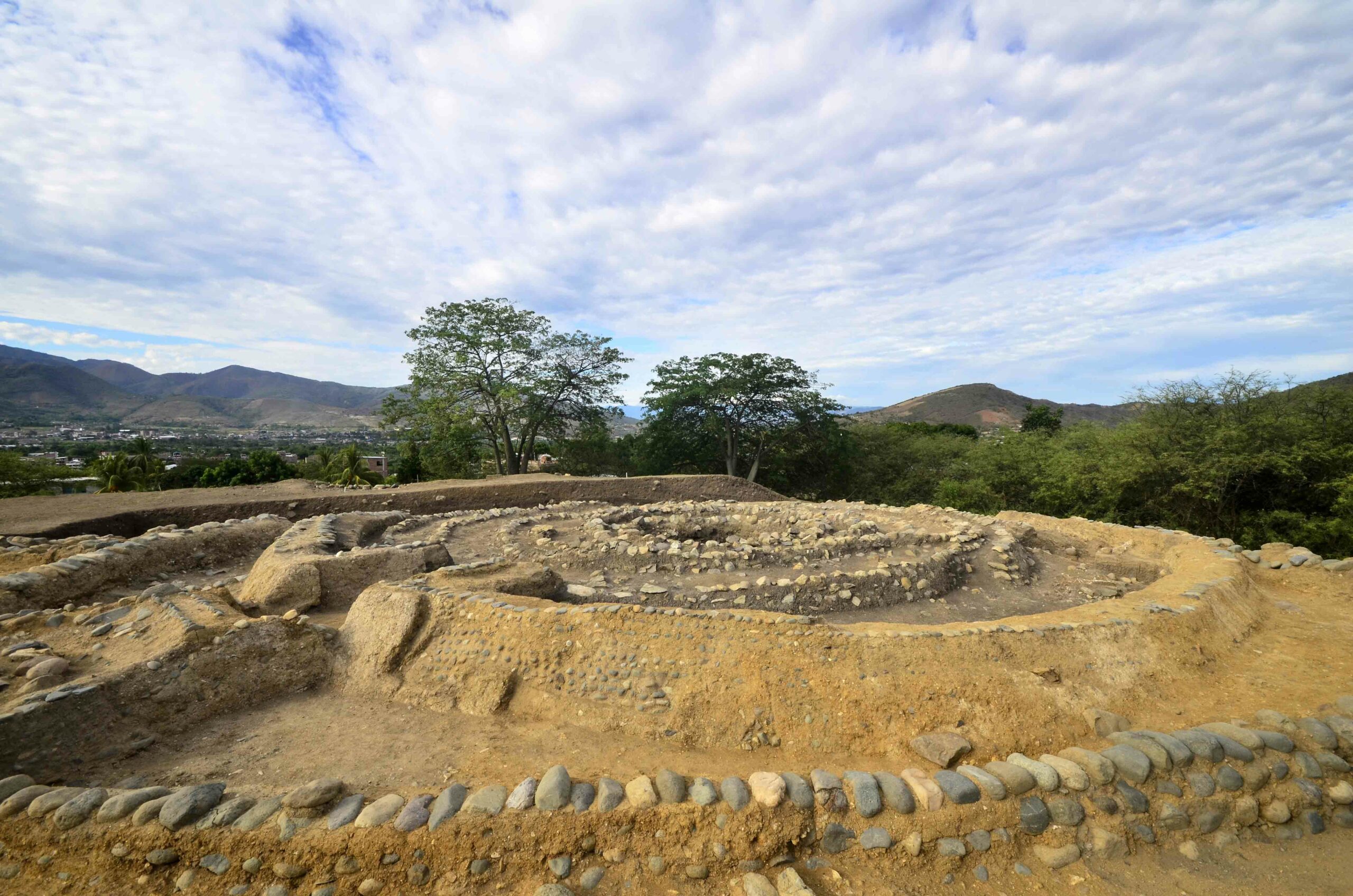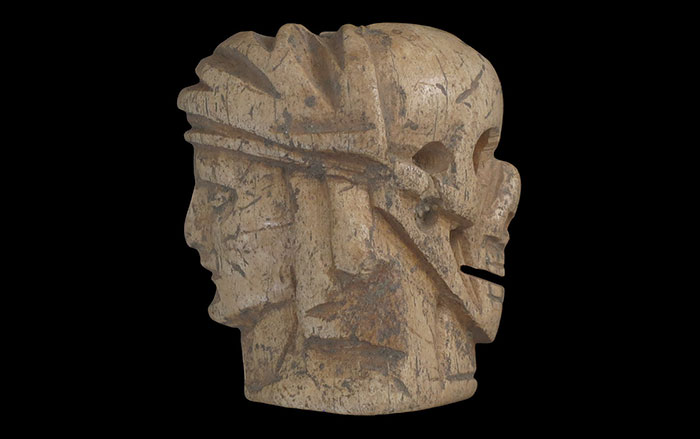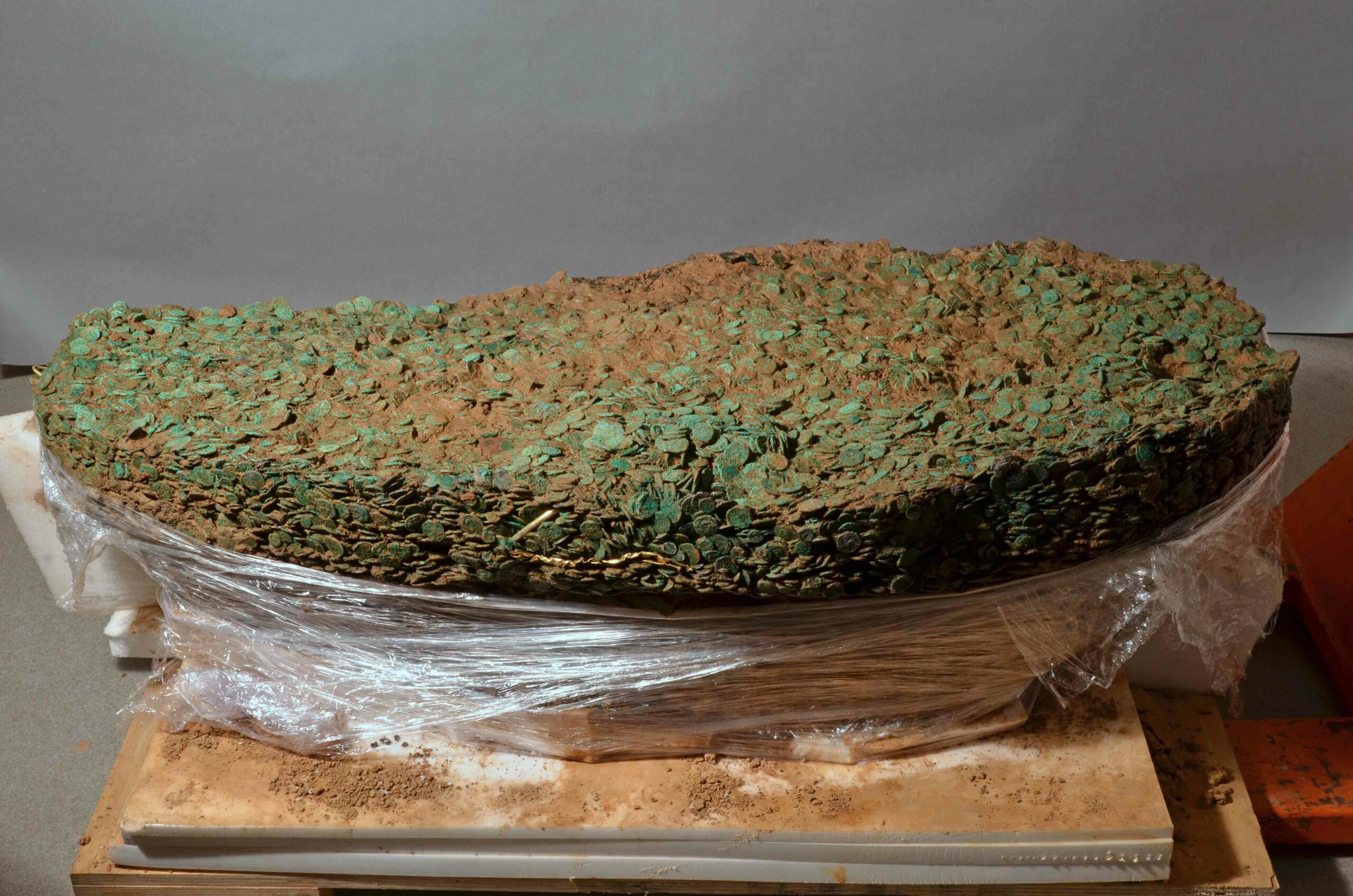
SKEFFLING, ENGLAND—The International Business Times reports that traces of Roman and medieval-era settlements were uncovered along the Humber River, near the tip of East Yorkshire, in an investigation into the possibility of restoring saltmarsh habitats and intertidal land in the area. The villages, known from historic documents, are thought to have been abandoned due to coastal erosion and sea level rise. “We’ve known they were in this area, but they were lost,” said archaeologist Stephen Kemp of the Environment Agency. The excavation team found evidence of villages, small farms, and field systems, as well as a Benedictine priory. Kemp explained that early residents built flood defenses and moved to higher ground when necessary, but returned to the low-lying coastal areas to exploit wetland resources. The researchers have also studied the region’s environment and water levels dating back up to 8,000 years using sediment cores. To read about another discovery in the area, go to “Mesolithic Markings.”










